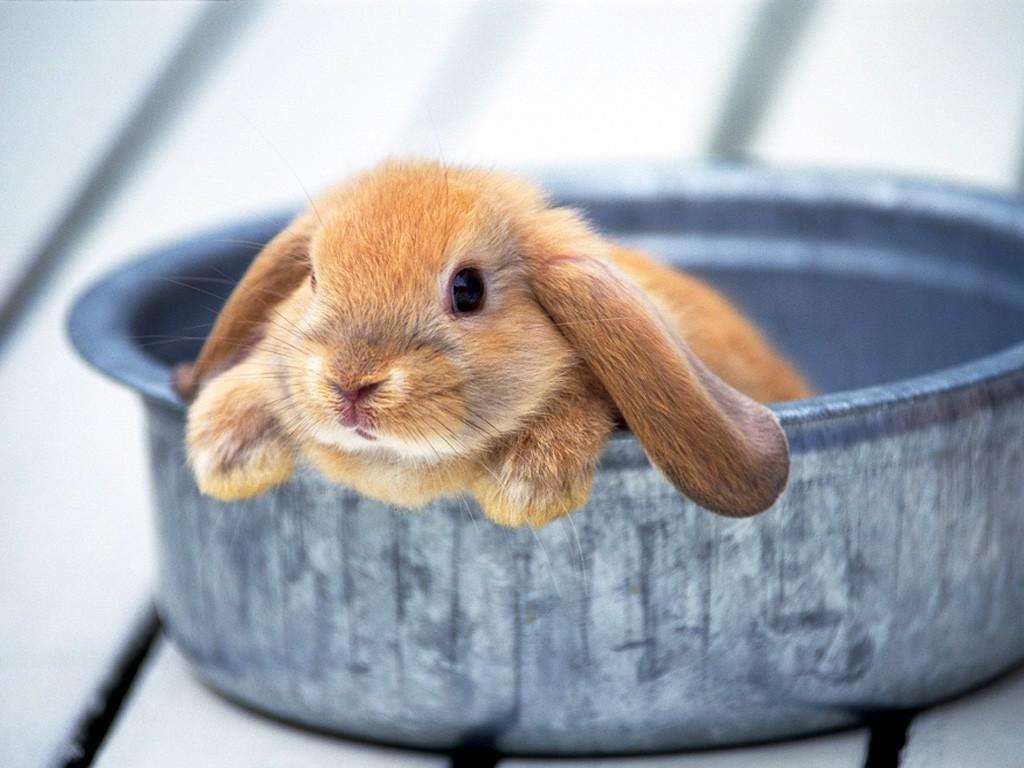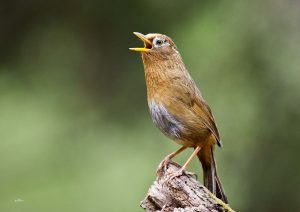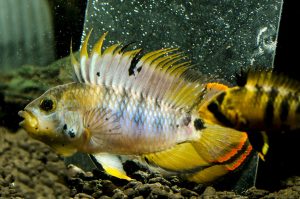I think many rabbit parents choose male or female rabbits with the help of rabbit stores, but it is difficult to distinguish male and female rabbits by their own appearance. Does that mean there is no way to distinguish them? No, there is a way.
It is very difficult to distinguish male from female rabbits under two months old. The male testicles are hidden in the belly of the baby rabbit and will slowly descend into the scrotum after about 3 months of age. If you want to identify a male or female rabbit at this time, you can start by grabbing the skin on the back of the rabbit’s neck with one hand, being careful not to push too hard so that the rabbit is not in pain and cannot control itself. With the other hand, pull up its tail and press down slightly on the genitalia of young rabbits and newborns. If the hole is round and the distance between it and the anus is far away, the rabbit is a male. After the eyes are opened, the male rabbit is the one with an “O”-shaped opening and the female rabbit is the one with a longitudinal “Y”-shaped opening, when the index and middle fingers hold the tail and the thumb gently pushes the genitals upwards. When the rabbit reaches 3 months of age, the male and female can be distinguished by the presence or absence of a scrotum.
In the language of rabbit behavior, licking the hand means many thanks. Twitching the tail is a naughty sign, just like the human tongue-sticking action. Usually rabbits will twitch their tails back and forth as they hop. Since rabbits have scent glands in their chin, they will use their chin to rub things and leave their scent to delineate their territory. Humans cannot smell this scent, but rabbits know it. Adult male rabbits that are not neutered may exhibit urine spraying, which is a practice used in the rabbit world to delineate territory and possess females. Female rabbits may also exhibit urine spraying behavior, but it is mainly the males that exhibit this behavior more often.
Cats and rabbits that have not yet grown up are the same and are less clearly distinguishable. If there is not such an urgent need to distinguish between male and female, you can wait until the rabbits are sexually mature and then make the distinction, which will be more accurate.







